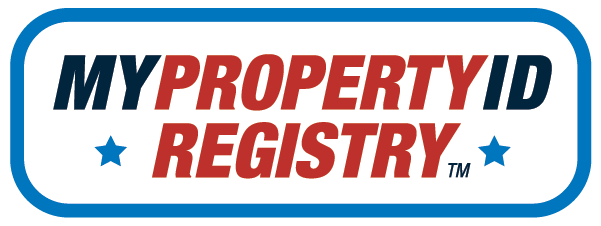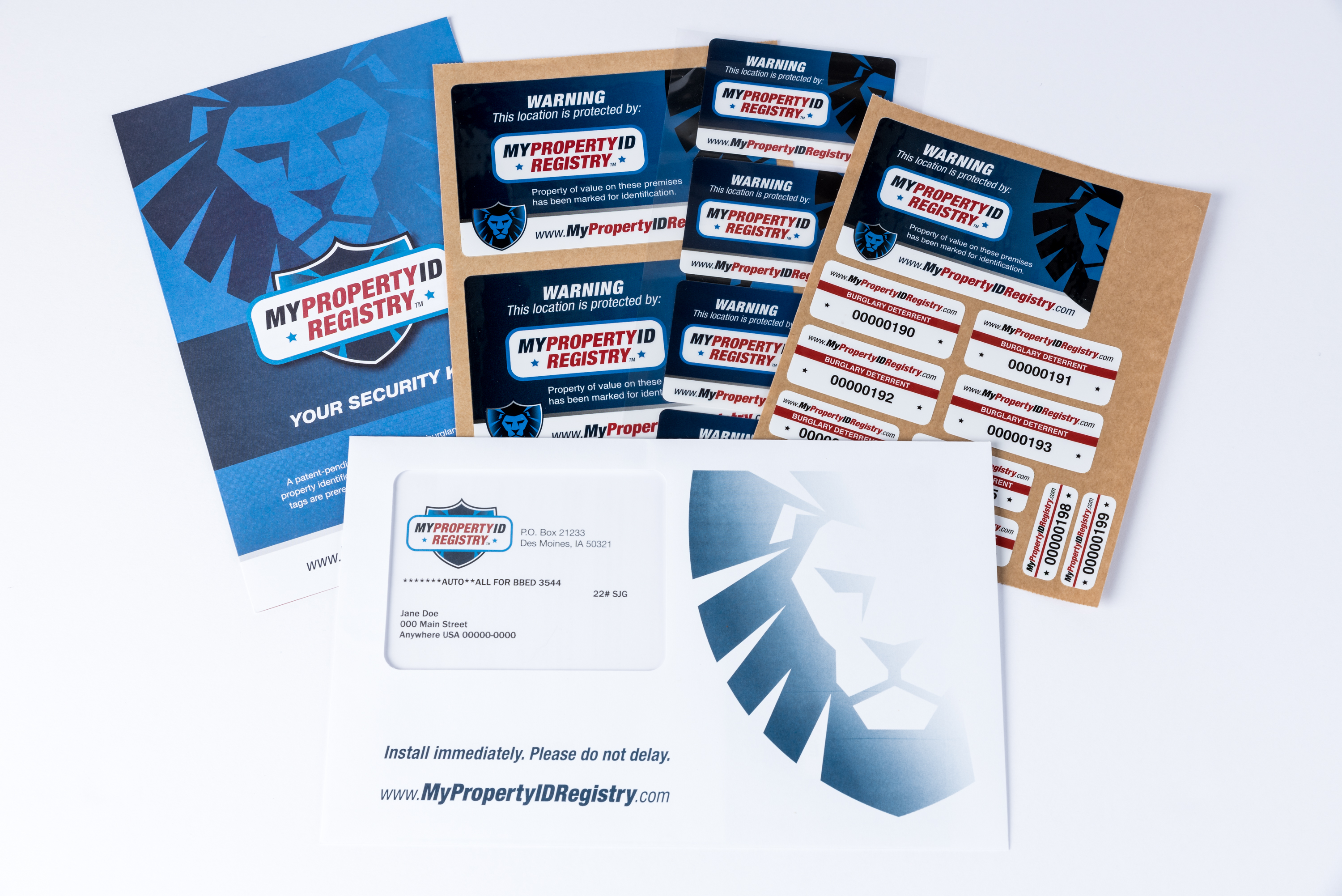A brief history of enterprise asset management —
Enterprise asset management (EAM) is a decades-old industry. It began long before the computer. Corporations, universities, governments and hospitals own stuff. Maybe you’ve purchased a piece of surplus furniture and seen an asset tag on it with a company name and a unique number? Maybe you’ve visited a university computer lab and seen the tags on all of the monitors? Maybe you’ve noticed when you visit a hospital, that every piece of equipment is tagged?
Paper and pen
Before the computer, ledger books would have been used to keep track of enterprise assets. When a large institution would purchase new equipment, a tag with a number would be riveted or glued to the piece of equipment, and a record of the make, model, serial number, location, date purchased, and etc. would be added to the ledger. When a piece of equipment was disposed of, the item was crossed out. Pretty simple.
The advent of the mainframe computer
In the age of the mainframe computer, large, global enterprises were at an advantage for managing assets. Structured query language (SQL) computer programs could be used to record and manipulate tons of information about a particular asset, including maintenance schedules, depreciation, and any other details worth tracking.
Migrating to the web
With the advent of the internet, global enterprise SQL-managed EAM has also migrated to the web. It has become a billion dollar industry that utilizes global positioning systems (GPS), radio frequency identification (RFID), quick response (QR) codes, universal product codes (UPC), stock keeping units (SKU) and etc. In the age of automation, just to keep things moving, millions of dollars are spent on the equipment to track and monitor assets.
Simplicity is best
Because every one of our customers is a individual, homeowner, mom & pop business, small municipality or tiny government contractor, the My Property ID Registry system doesn’t require these costly technologies. As long as our system’s tags are applied to high-value personal items with the make, model and serial number entered on our database, you are all set. All that is needed is a Good Samaritan or a law enforcement professional with a pair of eyes, working fingers, and access to the internet. This is not just my opinion, but that of the Loss Prevention Certification Board (LPCB).
LPS1224-3.1NCDraftDC.docx (redbooklive.com)
LPS1225-3.2NCDraftDC.docx (redbooklive.com)




